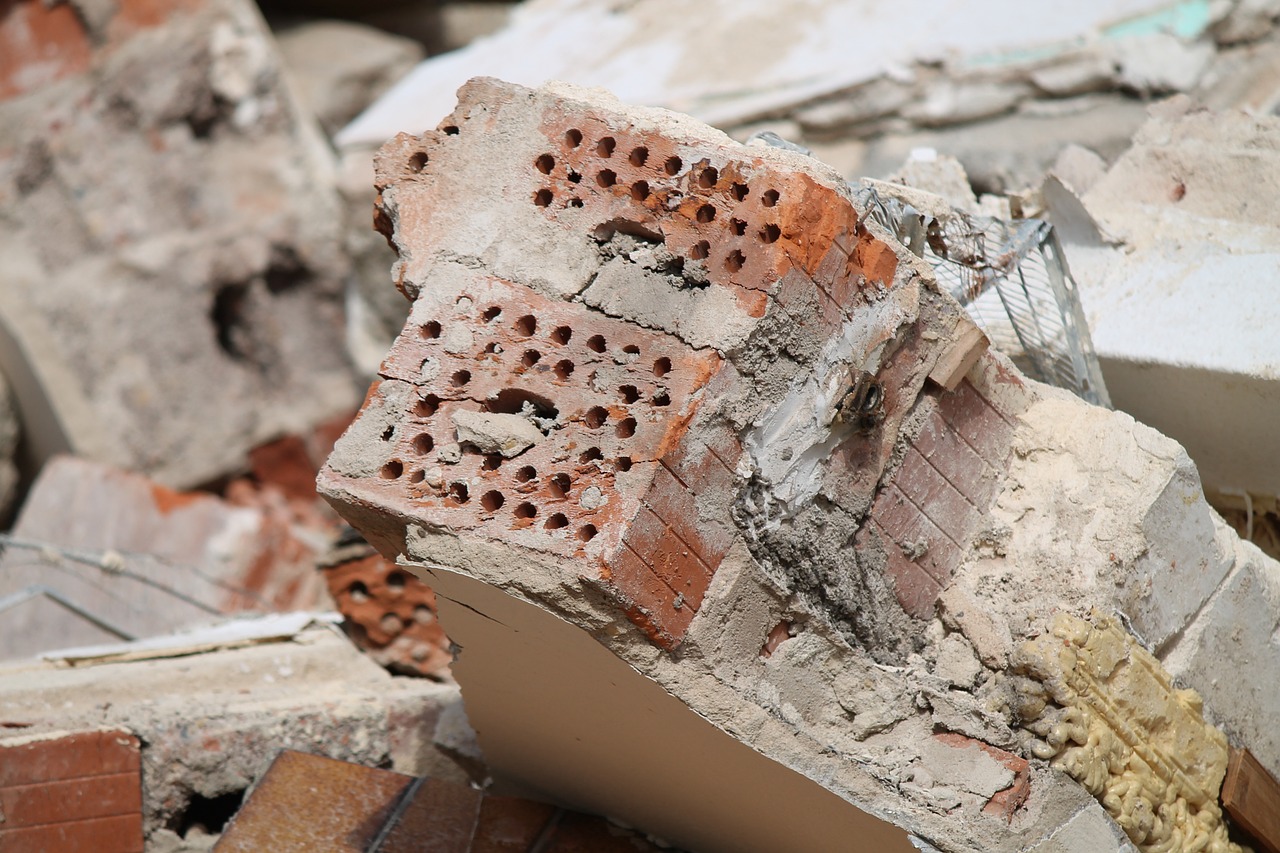And finally… damned with faint praise

The first winner of the prestigious Stirling Prize for Britain’s best new building now looks set to be demolished.
When judges awarded Salford’s Centenary Building the inaugural award from the Royal Institute of British Architects in 1996, they declared it “a dynamic, modern and sophisticated exercise in steel, glass and concrete”.
But last month Salford City Council approved the demolition of the property – which has not been in use since at least 2021.
The Crescent partnership, which includes the council, English Cities Fund ( ECF) and Salford University, which owns the building, said in a joint statement that while “careful consideration has been given to the history of the building with multiple options explored”, it will be demolished next month as part of the comprehensive development of Adelphi village, an area surrounding the university.
The project is part of a £2.5bn plan that aims to deliver housing.
“While the Centenary Building has been part of the university estate for a number of decades, it is now unecological to run, with major structural, heating and ventilation flaws throughout,” the partnership said.
Critics, however, say the decision is “wasteful and irresponsible” and are urging the partnership to change their minds. The Twentieth Century Society criticised the decision not to list the building and said it wasn’t too late for the university to reconsider its plans.
“The decision has allowed the local authority to wave through demolition without adequate scrutiny,” said its director, Catherine Croft. Opened in 1995 by the Duke of Edinburgh, in the area east of the River Irwell, and originally designed for the University of Salford’s school of electrical engineering department, the building was used by the faculty of art and design technology upon completion.
Stephen Hodder, the architect responsible for the Centenary Building, said he was disappointed, and felt that history was being erased, as it had been built to mark 100 years since the formation of the university.
“The question has always got to be, has that building outlived its usefulness? Georgian buildings were candle lit, and then electricity was introduced,” Hodder told The Guardian. “So a building has got to be capable of being upgraded in its life.
“It was part of the brief that the building needed to be flexible. There’s a servicing strategy within that building to allow it to be upgraded.
“My reading of the situation is somebody’s taking the commercial decision over the cost of it being upgraded.”





















